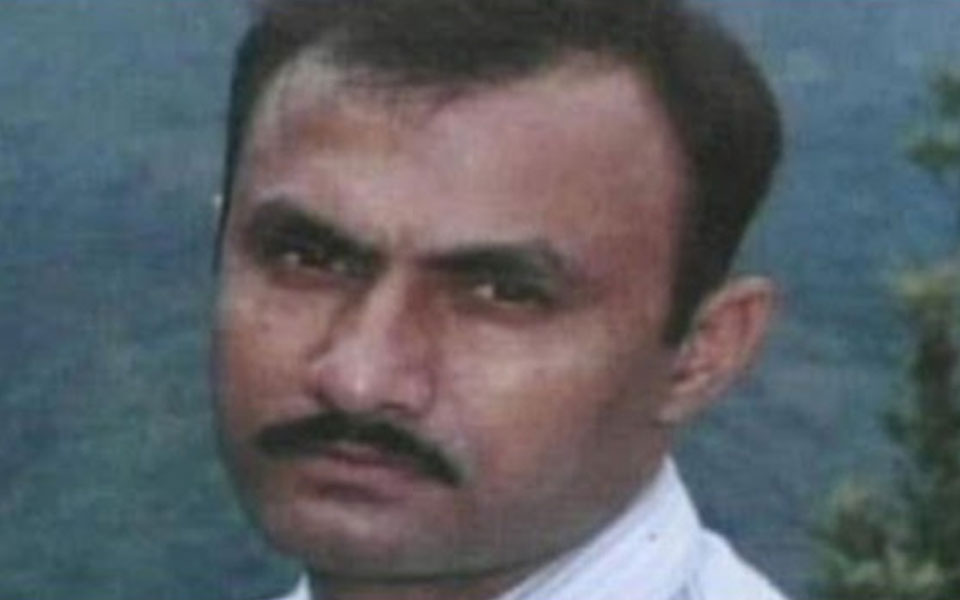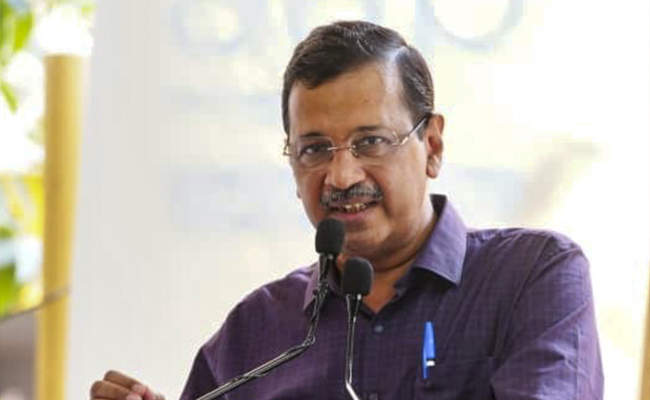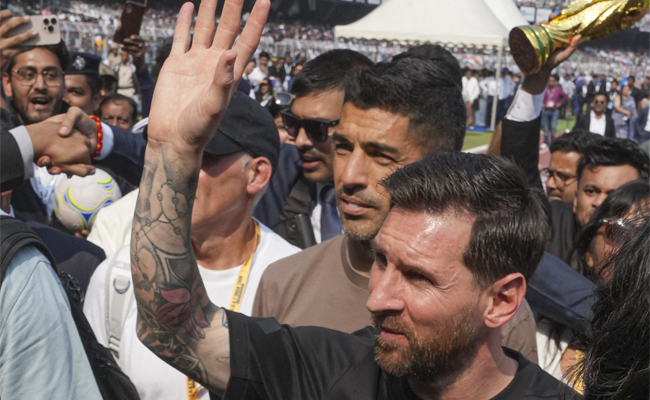Mumbai : A witness in the Sohrabuddin Shaikh alleged fake encounter case told a trial court here Saturday that Shaikh had killed former Gujarat Home Minister Haren Pandya.
The killing had allegedly been ordered by former Gujarat IPS officer D G Vanzara, the witness further claimed.
Pandya was murdered in Ahmedabad in 2003.
The witness -- name not disclosed -- said he met Shaikh in 2002 and became good friends with him and his wife Kausar Bi and his associate Tulsi Prajapati.
"During that time, Sohrabuddin told me he had got money from D G Vanzara to kill Gujarat's home minister Haren Pandya and he completed the job. I then told him that what he did was wrong and he had killed a good person," the witness told the court.
The witness further said that in 2005 he was arrested by Rajasthan police and lodged at Udaipur jail where he met Prajapati.
"Prajapati told me that the Gujarat police killed Sohrabuddin and his wife Kausar Bi," the witness said, deposing before special CBI Judge S J Sharma.
The testimony will continue next week.
Shaikh and his wife were killed in an alleged fake encounter in 2005 by Gujarat police. Prajapati was later killed in another alleged fake encounter by Gujarat and Rajasthan police.
Of the 38 people charged by the CBI for the two alleged fake encounters, 16 were discharged by the trial court. Those discharged included BJP chief Amit Shah, Vanzara and all senior officers of Gujarat and Rajasthan police.
Let the Truth be known. If you read VB and like VB, please be a VB Supporter and Help us deliver the Truth to one and all.
Panaji (PTI): As part of a crackdown against tourist establishments violating laws and safety norms in the aftermath of the Arpora fire tragedy, Goa authorities on Saturday sealed a renowned club at Vagator and revoked the fire department NOC of another club.
Cafe CO2 Goa, located on a cliff overlooking the Arabian Sea at Vagator beach in North Goa, was sealed. The move came two days after Goya Club, also in Vagator, was shut down for alleged violations of rules.
Elsewhere, campaigning for local body polls, AAP leader Arvind Kejriwal said the fire incident at Birch by Romeo Lane nightclub at Arpora, which claimed 25 lives on December 6, happened because the BJP government in the state was corrupt.
An inspection of Cafe CO2 Goa by a state government-appointed team revealed that the establishment, with a seating capacity of 250, did not possess a no-objection certificate (NOC) of the Fire and Emergency Services Department. The club, which sits atop Ozrant Cliff, also did not have structural stability, the team found.
The Fire and Emergency Services on Saturday also revoked the NOC issued to Diaz Pool Club and Bar at Anjuna as the fire extinguishers installed in the establishment were found to be inadequate, said divisional fire officer Shripad Gawas.
A notice was issued to Nitin Wadhwa, the partner of the club, he said in the order.
Campaigning at Chimbel village near Panaji in support of his party's Zilla Panchayat election candidate, Aam Aadmi Party leader Kejriwal said the nightclub fire at Arpora happened because of the "corruption of the Pramod Sawant-led state government."
"Why this fire incident happened? I read in the newspapers that the nightclub had no occupancy certificate, no building licence, no excise licence, no construction licence or trade licence. The entire club was illegal but still it was going on," he said.
"How could it go on? Couldn't Pramod Sawant or anyone else see it? I was told that hafta (bribe) was being paid," the former Delhi chief minister said.
A person can not work without bribing officials in the coastal state, Kejriwal said, alleging that officers, MLAs and even ministers are accepting bribes.





